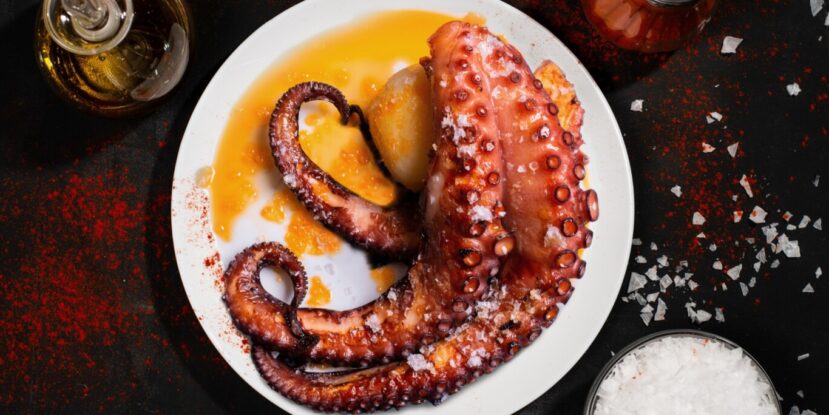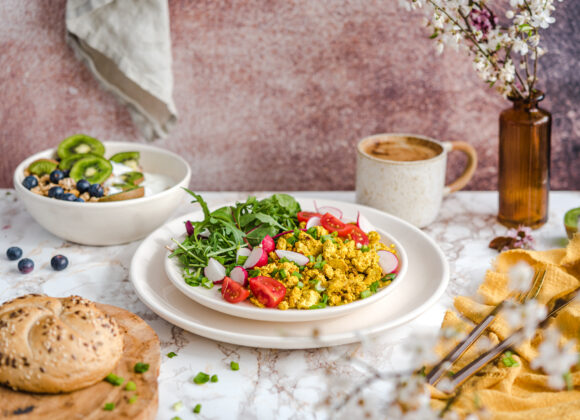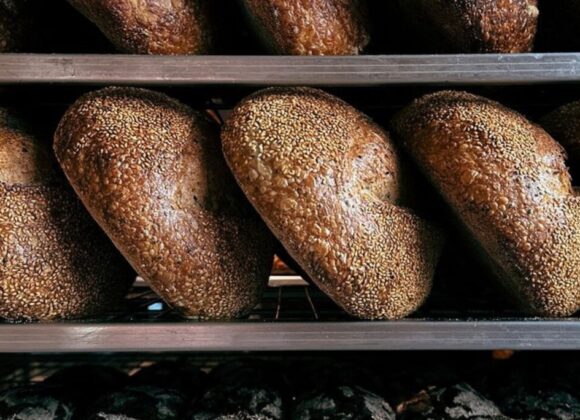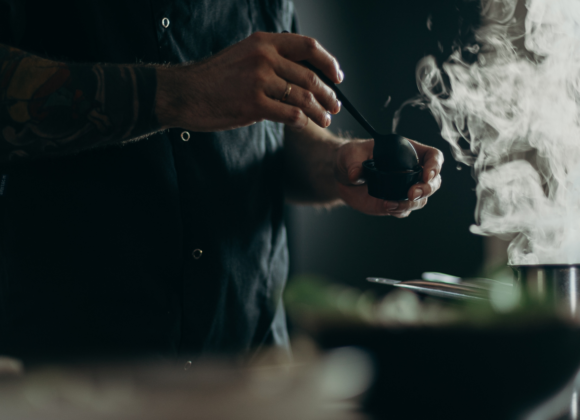Ośmiornica to wyjątkowy przysmak, który cieszy się coraz większą popularnością w polskich restauracjach i kuchniach. Choć może wydawać się wymagającym składnikiem, jej przygotowanie wcale nie musi być trudne. Wystarczy poznać kilka prostych zasad, by cieszyć się delikatnym, soczystym mięsem ośmiornicy w domowych warunkach.
Ośmiornica znana jest jako polpo we Włoszech, pulpo w Hiszpanii i oktapodi w Grecji. Co ciekawe, Hiszpanie spożywają najwięcej ośmiornic w Europie, ale ich spożycie nadal pozostaje daleko w tyle za Japończykami, którzy mają słabość do tako – spożywanego w postaci sushi, sashimi, sałatki tako sunomono czy słynnych ulicznych takoyaki, czyli smażonych kulek ośmiornicy.
Na całym świecie dostępne są zarówno świeże, jak i mrożone ośmiornice, choć w Polsce dominują mrożone lub rozmrożone. Bez obaw możesz sięgnąć po mrożoną – proces mrożenia sprawia, że mięso staje się bardziej miękkie, co w przypadku ośmiornicy jest zaletą. Wielu kucharzy poleca nawet mrożenie świeżej ośmiornicy, aby uzyskać delikatne i kruche mięso po obróbce.
Mięso ośmiornicy jest znacznie twardsze niż mięso innych głowonogów, takich jak kalmary czy mątwy, dlatego szefowie kuchni na całym świecie opracowali różne strategie zmiękczania mięsa. Na Morzu Śródziemnym rybacy biją ośmiornice o skały; niektórzy przysięgają, że gotują ją w miedzi, masując solą lub gotując na wolnym ogniu z korkami od wina. Przy odrobinie ostrożności takie ekstremalne techniki nie powinny być konieczne – wystarczy delikatne gotowanie na wolnym ogniu!
Dziś dzielimy się z Wami sprawdzonym przepisem na ośmiornicę, która wychodzi delikatna, soczysta i przepyszna! Dzięki dodatkowi wina w trakcie gotowania – nie wychodzi gumowa, a to jest najczęstsza bariera wielu osób przed przygotowaniem ośmiornicy.
Krok 1: Jak ugotować ośmiornicę?
Gotowanie ośmiornicy to kluczowy etap, który decyduje o jej miękkości. W garnku doprowadź do wrzenia wodę z dodatkiem listka laurowego, pieprzu, cebuli, czosnku oraz czerwonego wina. Ośmiornicę gotuj na małym ogniu przez około 45 minut do godziny – czas ten może się różnić w zależności od porcji. Aby sprawdzić, czy jest gotowa, nakłuj ją widelcem – powinna być miękka, ale sprężysta.
Krok 2: Co zrobić z ugotowaną ośmiornicą?
Po ugotowaniu, ośmiornicę należy dokładnie osuszyć i pokroić na mniejsze kawałki – najczęściej odcina się macki, które są najbardziej soczystą częścią. Teraz można przejść do kolejnych etapów obróbki. Ośmiornica doskonale smakuje grillowana lub smażona na patelni.
Grillowanie – Ośmiornicę warto wcześniej zamarynować w oliwie z oliwek, czosnku i soku z cytryny. Grillujemy ją przez kilka minut, jednak trzeba zwracać uwagę, aby jej nie przypalić, bo – pamiętajmy – wcześniej była już poddana obróbce termicznej!
Smażenie – W tej formie uwielbiamy przyrządzać ją w towarzystwie chorizo, krewetek, masła i białego wina. Wystarczy podsmażyć chorizo, następnie dodać pokrojoną na kawałki ośmiornicę, krewetki i całość zalać winem. Po odparowaniu wina dodaj masła, ale tak od serca. Dzięki temu powstanie pyszna winno-maślana emulsja! Tak przygotowaną ośmiornicę polecamy ze świeżą bagietką z masłem.
Krok 3: Serwuj ośmiornicę z ulubionymi dodatkami
Ośmiornica świetnie komponuje się z lekkimi dodatkami, takimi jak sałatki, grillowane warzywa czy świeża bagietka. Można ją podawać na ciepło lub zimno – jako składnik sałatek lub tapas. Ostateczny smak potrawy podkreśli sok z cytryny, oliwa z oliwek oraz zioła, takie jak natka pietruszki czy kolendra.
Ośmiornica, choć może wydawać się trudnym do przygotowania składnikiem, po odpowiednim ugotowaniu staje się pysznym i delikatnym przysmakiem. Pamiętaj o kluczowych zasadach i ciesz się jej smakiem w domowej kuchni!










 Młodszy specjalista ds. komunikacji marketingowej i PR.
Młodszy specjalista ds. komunikacji marketingowej i PR.


 Absolwent Uniwersytetu Warszawskiego oraz Szkoły Głównej Gospodarstwa Wiejskiego. W branży HoReCa od ponad 10 lat. Przez lata związany z Grupą Trip, Sobienie Królewskie Golf and Country Club oraz restauracją Florentin w Warszawe.
Absolwent Uniwersytetu Warszawskiego oraz Szkoły Głównej Gospodarstwa Wiejskiego. W branży HoReCa od ponad 10 lat. Przez lata związany z Grupą Trip, Sobienie Królewskie Golf and Country Club oraz restauracją Florentin w Warszawe. Absolwentka Wydziału Architektury Politechniki Warszawskiej na kierunku Architecture for Society of Knowledge oraz Komunikacji Wizualnej na Politecnico di Milano. Specjalistka od budowania nastroju. Doświadczenie zdobywała w kraju i zagranicą podczas licznych warsztatów międzynarodowych (Sevilla, Lizbona, Florencja), stypendium na La Sapienza (Rzym) oraz pracując m.in. w Carmi e Ubertis i ADM Milano.
Absolwentka Wydziału Architektury Politechniki Warszawskiej na kierunku Architecture for Society of Knowledge oraz Komunikacji Wizualnej na Politecnico di Milano. Specjalistka od budowania nastroju. Doświadczenie zdobywała w kraju i zagranicą podczas licznych warsztatów międzynarodowych (Sevilla, Lizbona, Florencja), stypendium na La Sapienza (Rzym) oraz pracując m.in. w Carmi e Ubertis i ADM Milano.








 Menedżer z wieloletnim doświadczeniem w branżach kosmetycznej, spożywczej, dziecięcej. W trakcie swojej kariery związany z firmami takimi jak: L’Oreal, Samsung, Danone-Nutricia, Unilever. W ciągu swojego życia zawodowego odpowiadał między innymi za rozwój sprzedaży i contentu eCommerce w Polsce i krajach Europy Środkowo-Wschodniej.
Menedżer z wieloletnim doświadczeniem w branżach kosmetycznej, spożywczej, dziecięcej. W trakcie swojej kariery związany z firmami takimi jak: L’Oreal, Samsung, Danone-Nutricia, Unilever. W ciągu swojego życia zawodowego odpowiadał między innymi za rozwój sprzedaży i contentu eCommerce w Polsce i krajach Europy Środkowo-Wschodniej. 

























































